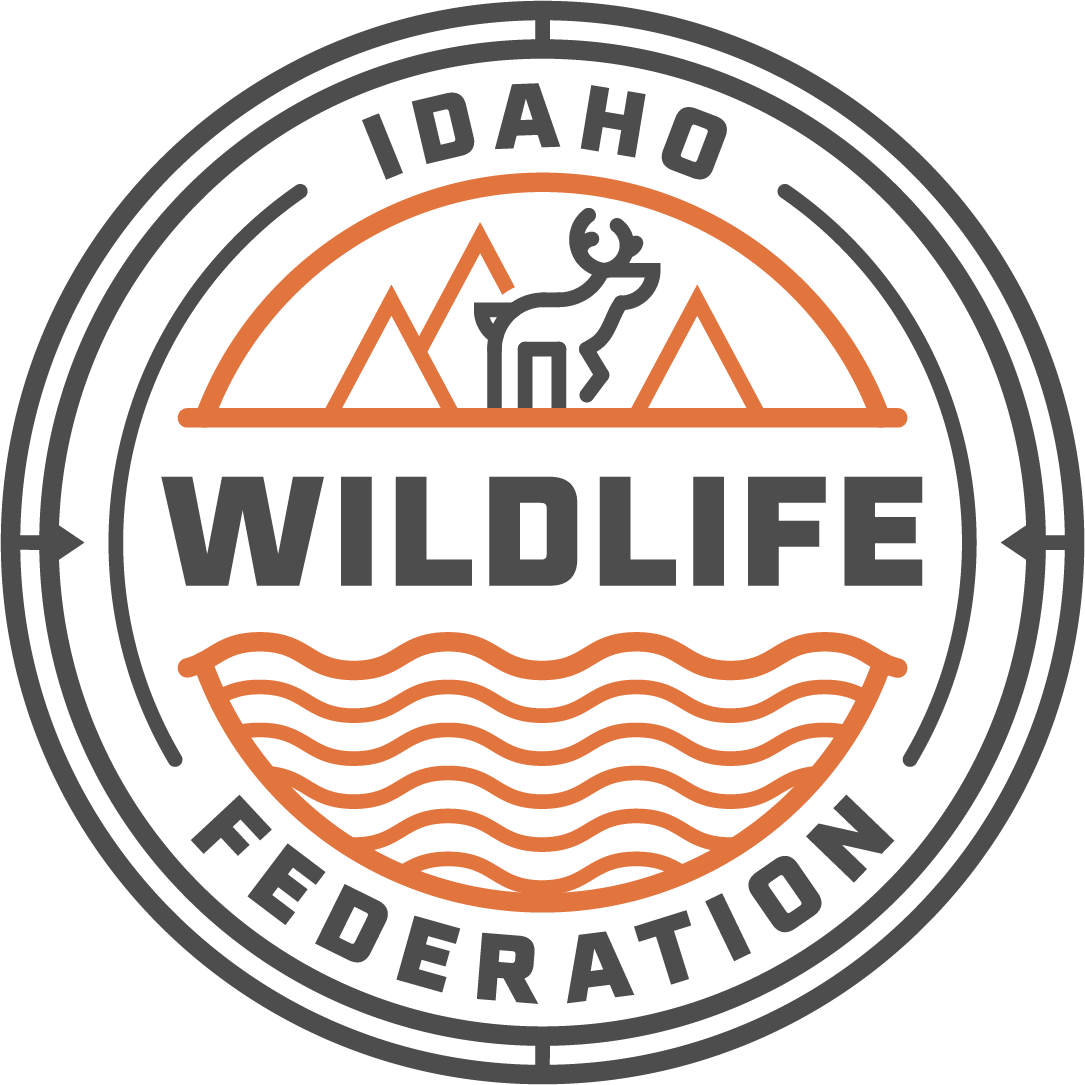New USGS Report Showcases Cutting Edge Migration Data
“In the spring, as the snows disappear and the young grass starts, they return by the same route…” (quote observed in Kauffman and others, 2018).
The early trappers put wildlife migrations into simple terms. Today’s mule deer encounter a few more obstacles along their migrations than those observed by the fur trappers from 200 years ago, but what we are learning today can help us conserve these migrations into the future.
The newly released USGS Report Ungulate Migrations of the Western United States, Volume 1 showcases 26 corridors, 16 migration routes, 25 stopovers, and 9 winter ranges across Arizona, Idaho, Nevada, Utah, and Wyoming.
If you scan through the Idaho portions of the report, you’ll likely find an area you’ve hunted. It’s even possible you’ve glassed a mule deer doe or cow elk sporting a GPS collar that has tracked her location every 1-2 hours for several years. This latest technology and increased focus from wildlife managers gives us the ability to hone in on why these animals migrate, at what times, what may limit their ability to successfully complete these journeys, and what we must do to prevent these uniquely Western migrations from disappearing.
Along their migratory pathways, ungulates face habitat fragmentation from highways, rapid expansion of housing development in winter range, and energy development activities that create disturbances. These disturbances can shift historic migratory behaviors or, at worst, cause a loss in these migrations. Studies have shown that once lost, it can take 30-80 years for some game species to develop migratory behavior once again. Individual animals, mothers for the most part, pass on learned behavior and “knowledge” of these journeys that range over 100 miles. Research concludes that in order to sustain and improve the overall health of our game species, we must keep corridors intact (Kauffman and others, 2020).
Antelope Creek Mule Deer Migration Map. (p.10 of the report)
There is great work already being done for big game herds across the West. Here in Idaho, the Antelope Creek Mule Deer are benefitting from over 90,000 acres of private land conservation easements that protect working agricultural lands as open space in portions of their migratory route. These efforts have been driven by landowners and organizations that make up the Pioneers Alliance, of which IWF is an active partner organization.
This is cutting edge data, which has never been displayed in a more clear and concise package. It is our obligation as hunters to utilize these resources provided to us and in a changing and modernizing world- to advocate for the future of our iconic game species, the wild landscapes they call home, and the migratory routes that guide them to favorable habitats.
References Cited:
Kauffman, M.J., Meacham, J.E., Sawyer, H., Steingisser, A.Y., Rudd, B., and Ostlin, E., 2018, Wild migrations- Atlas of Wyoming’s ungulates: Corvallis, Oreg., Oregon State University. OSU Press. 208 p.
Kauffman, M.J., Copeland, H.E., Berg, J., Bergen, S., Cole, E., Cuzzocreo, M., Dewey, S., Fattebert, J., Gagnon, Gelzer, E., Geremia, C., Graves, T., Hersey, K., Hurley, M., Kaiser, J., Meacham, J., Merkle, J., Middleton, A., Nuñez, T., Oates, B., Olson, D., Olson, L., Sawyer, H., Schroeder, C., Sprague, S., Steingisser, A., Thonhoff, M., 2020, Ungulate migrations of the western United States, Volume 1: U.S. Geological Survey Scientific Investigations Report 2020–5101, 119 p.,https://doi.org/10.3133/sir20205101.

